The tokenisation, the investment of tomorrow
The tokenisation, a big step towards a decentralized economy
After the success of Bitcoin and the democratization of its use as a means of payment, it is towards Decentralized Applications (or DApps) that eyes are now turning. Dapps appeal to many investors within a tokenized system because they allow users to benefit from the services of the application once one is developed,. Indeed, what could be better than investing into your own a projects, those in which you believe?
But what underpins the strength of DApps? It is the principle of decentralization that has made them successful. A totally decentralized, transparent, secure digital world in the hands of its users holds great promise for the future.
If you too want to take part in a unique and promising adventure in this space, join the Sparkso project! Whether you are a future user of our applications or simply a potential investor, our community will allow you to take part in the world of blockchain and lucrative tokenization.
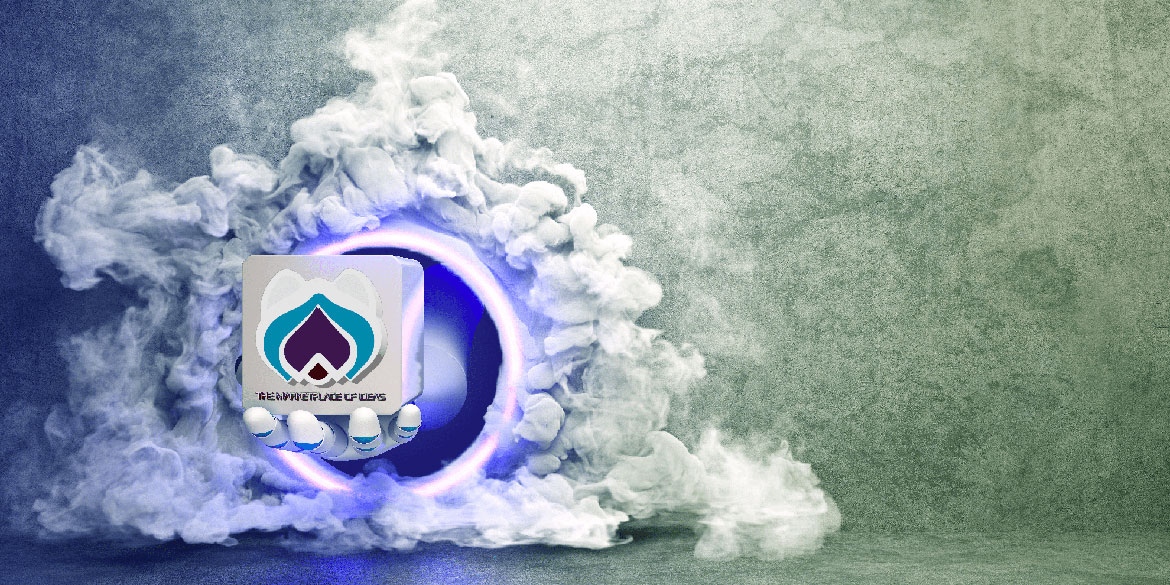
Sparkso, the bet on a promising project based on tokenization
It is within this context that the Sparkso project was born. In a few words, what is it? It is a marketplace that will contain a set of application services, governed and accessible through the issuance of a utility token called POXO.
Built in the Polygon ecosystem, Sparkso aims to democratize peer-to-peer exchanges and transactions in a totally decentralized way, harnessing the power of this blockchain to develop and publish smart contracts,. You will be able to access the applications you want to use on a single platform, without needing to hold different tokens. You will have access to an automated and secure network within a totally transparent network of exchanges. The varied applications will allow you to take full advantage of this new decentralized digital world. On the Sparkso platform you can even access professional training to create NFTs.
All you need do to start using the Sparkso platform, and be a part of this unique project, is to buy POXO tokens. Sparkso will soon begin raising funds through its Initial Coin Offering. Invest, receive tokens and use our services as soon as they become available!
“However, before coming on board, some clarification of terms may be useful… Blockchain, crypto-currency, tokens, smart contracts… All these words have a common denominator: decentralization. But what exactly is behind their use?”
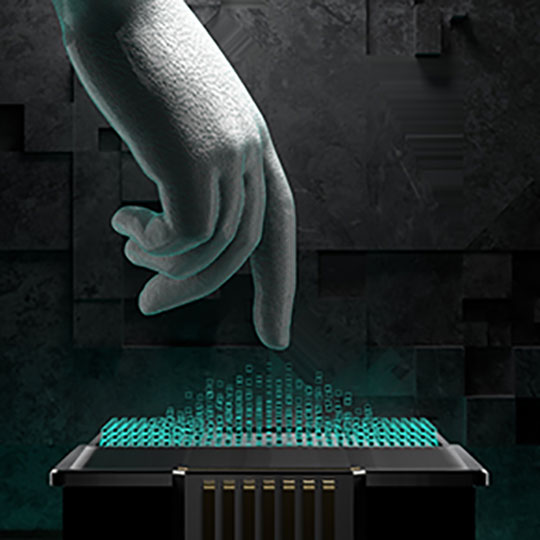
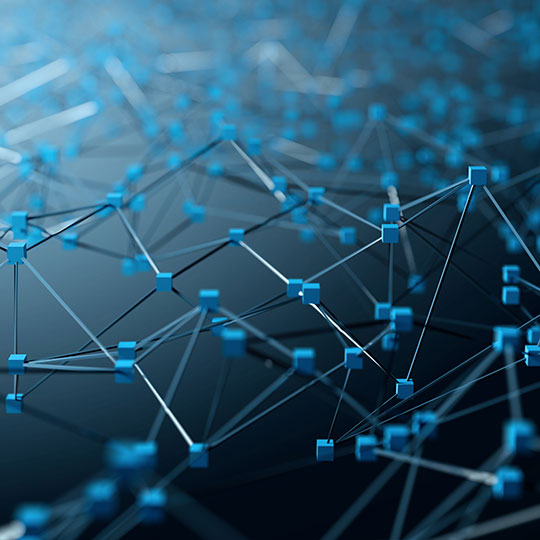
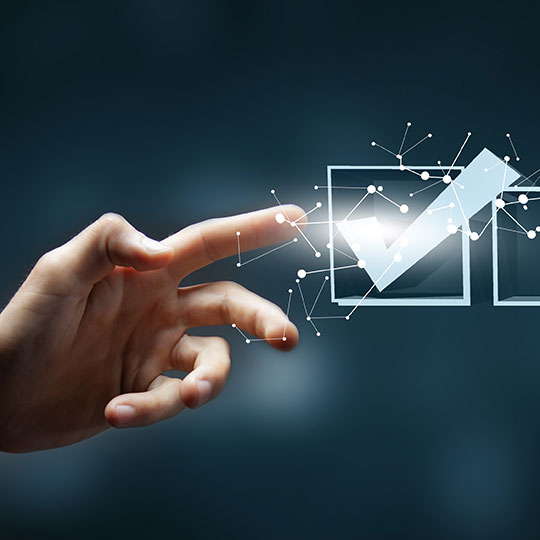
Blockchain at the heart of a new era of decentralization
Let’s go back a few years, more precisely to 2008 and the global economic crisis. The banking system was exposed and many people started to question their trust in its institutions.
It is in this context that the first blockchain (or chain of blocks) was born. It is a peer-to-peer exchange network that did away with the need to go through parties (banks, institutions, etc.). This is the essence of what decentralization means: the power held by the banking institutions (or indeed by the State itself) is returned into the hands of the public, allowing for more autonomy and better visibility for the transactions carried out.
Thus, a blockchain makes it possible to transmit data in a secure, transparent and inviolable way. Indeed, each transaction corresponds to a block which is added to the others in a chain, thus allowing the traceability of all the transactions which form a chain of blocks. In other words, it is a completely decentralized database since it does not require any control from a central institution.
The notion of blockchain is still a little vague? Here is an example that will make you understand the essentials in a few minutes:
Imagine a group of 10 friends who no longer want to go through a bank to transfer money. Each knows exactly how much money the other has, but they are all anonymous. Each person in this group has a blank sheet where they must write down any transactions made. If person A wishes to give money to person B in this group, everyone writes on their own white page the date, time and amount of the transaction after verifying that person A actually has the money she wants to transfer. Once this verification is complete, if all members of the group agree, the money is sent.
There is a maximum number of transactions group members can write on their white page. When this number is reached, the page must be sealed with a key. This is a value common to all the pages of the members of the group since they all noted the same transactions. This value should be sought by all individuals in the group. When found, the page is sealed and no one will be able to modify it because it is permanently archived.
You got it, pages represent blocks, verification by group members of person A’s asset represents a validation node, so money transfer depends on a network consensus and the archive is the blockchain. Thus, there is no longer any need for trusted third parties! The data being decentralized, it is all the easier to protect oneself natively from malicious computer attacks or other inappropriate behaviour because the blockchain is based on a collective validation of its entire network. This decentralization allows users to feel confident in the whole process because the data is at the same time non-modifiable, accessible and subject to the validation of millions of people.
Each page has an input value and an output value. It is the value to be added to the number of transactions on the page that constitutes the key that all members of the group are looking for. This is a colossal calculation, which requires foolproof machines! Ever heard of cryptocurrency mining? Everything is closely linked… Indeed, the person who finds this key wins a reward: cryptocurrency. This is the reason why we talk about Bitcoin mining for example. Sealing a page with the help of all users of the system makes it possible to secure the network because the process is completely decentralized: this is called hashing. If a user has a different key value, the system immediately detects it as an error and a copy of another network member’s blank page replaces their faulty page. Thus, each block cannot be perverted or questioned, because it would first be necessary to request all the blocks downstream of it which have already gone through collective validations.
Blockchain has completely revolutionized the virtual trading system. Until today, when you exchange a file online, it creates a copy of your document. With the blockchain system, you can go so far as to transfer ownership.
Public and private blockchains
There are several blockchains already in place. Some are entirely open to consultation by all and decentralized: these are public blockchains. One of the best-known examples is the Bitcoin blockchain. But it is not the only one. The NorwegianSeafood Association has created a blockchain to track and trace the origin of farmed salmon in Norway, the data of which is accessible to all consumers through a QR code. The use cases are extremely varied and you are certainly surrounded by them on a daily basis without knowing it. In a public blockchain, there is then total transparency making it possible to achieve an extremely low risk because each transaction requires a collective consensus. Moreover, there is no link of authority between the actors, placing them all on the same level, making corruption of the system unlikely.
This is not the case with private blockchains where an actor often exercises authority over the other members of the group. Several private blockchains are already present in our daily lives: consortium of banks, supermarkets blockchain… In addition, only members of this network have access to the information exchanged. Thus, the risk is all the higher as the number of actors is low. Let’s take the example of a group made up of 9 friends. If 5 of them decide to arbitrarily control the validation process of a blockchain’s operations, they can form a coalition to obtain this power. However, if the network is made up of millions of people, it is unlikely that the majority will come to a coalition consensus to control such a system. This is the law of large numbers: the system is all the more secure as the number of users is large because the atomic network makes it impossible for a coalition of more than half of its members to pervert it. Thus, a public blockchain will always be much more secure than a private blockchain which has few players.
This explains why cryptocurrencies are based, generally, on public blockchains.
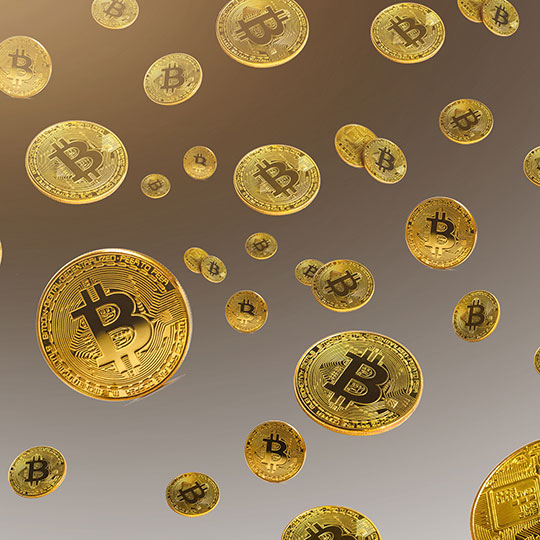
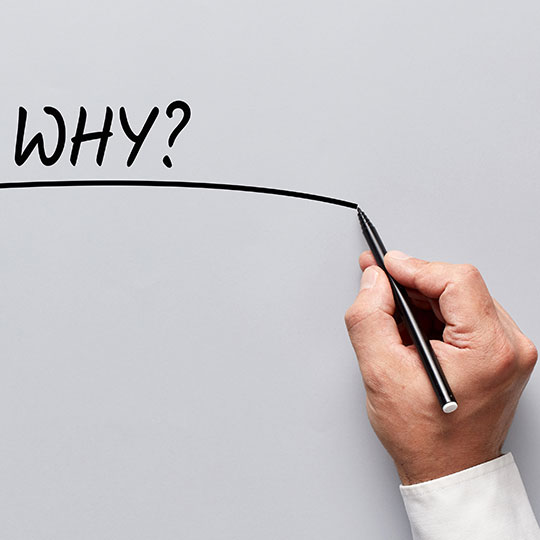

Cryptocurrency and tokens, how do they fit into our ecosystem?
Take the case of Bitcoin, which is the most widely used cryptocurrency today. The idea was to create a currency governed by its users with transparency in each transaction. What makes it different from traditional currencies? Can we really talk about money?
In order to define a crypto-currency, let’s go back to the fundamentals of a traditional currency. We recognize a currency when it fulfills these three functions:
- Unit of account: a currency must make it possible to assess the value of a good or service through a price. This is the case with Bitcoin today with which you can buy products and services. This purchase price gives Bitcoin its legitimacy as a unit of account.
- Medium of exchange: it is a question of making possible exchanges which would be too complex with simple barter. Many merchants accept the use of Bitcoin as a currency of purchase.
- Store of value: a currency must allow the accumulation of capital, and therefore savings. Thus, it must be stable enough to avoid losses or increases in value that are too unpredictable. Institutions (such as central banks) control this stability and regulate fluctuations in order to avoid excessive inflation or deflation. Bitcoin is still experiencing significant fluctuations but these will stabilize over time as a maximum of 21 million units will be issued, making this cryptocurrency limited.
Unlike traditional currencies, Bitcoin is digital and decentralized. That is to say, it uses cryptographic algorithms and has no organization or institution to ensure its regulation. Each exchange is based on a peer-to-peer network without going through a third party of trust, thus guaranteeing a high level of security in the transfer of data. Indeed, a cryptocurrency is generally based on the public blockchain system. Thus, the database is transparent and each piece of information entered cannot be modified or falsified. In addition, since each exchange can be publicly viewed, there is no need for an intermediary. This is where cryptocurrency draws all its strength: the decentralization of its exchanges. The State and financial institutions no longer have any impact on it. Since the price of Bitcoin is no longer modified by external factors, only the supply and demand of users ultimately influences it. This means that this decentralization leaves the users of the cryptocurrency the power to influence its price, without worries of trust. As part of the ecosystem of a blockchain, this of course requires a network consensus: the volatility of the currency is thus reduced and Bitcoin can be traded internationally.
This virtual currency can be bought or sold via trading platforms such as Binance or Coinbase for example. These “coins” can be mined as explained previously by people who participate in feeding the blockchain algorithm. Do you remember the white pages to seal with a key and the process of mining that key in order to get portions of Bitcoin if you find it? This is how people acquire cryptocurrency thanks to their time (and their powerful computers…).
However, cryptocurrency is not the only crypto-asset out there! While coins use their own blockchain, tokens use a coin’s blockchain. The most used tokens today are based on the Ethereum blockchain. These tokens generally cannot be mined.
The different types of tokens:
- Security token:
Contrary to what one might think, tokens-values, or security tokens, have no common characteristic with the possession of a debt security or shares in a company. Indeed, these tokens:
- Have a value that depends on the work done by the issuer
- Offer neither guarantee of achievement of objectives nor guarantee of value
- Are useless until the objectives are achieved
- Do not confer any rights on the decisions of the issuer
In summary, these tokens allow you to invest money in an asset with the ambition of seeing its value increase in the future. But just because you own security tokens from a company, for example, does not mean you can attend their general meetings.
- Equity token:
Unlike security tokens, equity tokens (or title tokens) give their holders real rights and duties. It is therefore company shares transposed on a blockchain.
What is the difference with classic titles? When you buy a security, the company shares thus acquired rest on an account in your name with your bank. Equity tokens allow these securities to be placed directly in the buyer’s wallet, rather than at their bank. Their main advantage is to allow decentralized and fast exchanges anywhere in the world, without intermediaries.
According to some, the term security tokens also includes equity tokens… So be careful of the context!
- Utility token:
Utility tokens have a completely different function: they allow access to a product or service. Its price varies according to the estimated value of what you want to buy, so there is some speculation as to its estimate. These tokens are mainly used by companies that want to increase awareness of their products or applications. The availability of these tokens is limited: the value of the token therefore increases with demand. This is the case with DApps for example, with scalability that increases the value of the token used. Many platforms allow you to use them. These utility tokens are based on a blockchain, like that of Polygon, which is one of the most used for this type of token. It is also on this blockchain that POXO, the token of our Sparkso project, is based. Utility tokens also allow, among other things, to raise funds for start-ups: the investor buys tokens which will allow the use of the services of the app in the future, while the company collects liquidity to help it in its development.
- Payment token
Payment tokens are simply the use of cryptocurrency as a means of payment. Many merchants now accept this means of payment, which is becoming more and more popular with the appearance of bank cards, or even dedicated accounts. The user no longer needs to have an account in a banking institution to be able to use his coins and buy goods or services. Companies like Paypal also allow you to directly convert your virtual currency into dollars or euros to pay for your purchases with your Bitcoin or Ether wallet.
- Non fungible token or NFT
An NFT is a token that is not interchangeable with another same type of token, certifying thus the authenticity and the ownership of a digital asset or a digital right. NFTs are mainly located in the Ethereum blockchain ecosystem. Today, many works of art have been certified in NFT, as have professional training.
In order to use all these tokens securely in a blockchain, smart contracts are created to allow automated and decentralized exchanges: these are smart contracts.
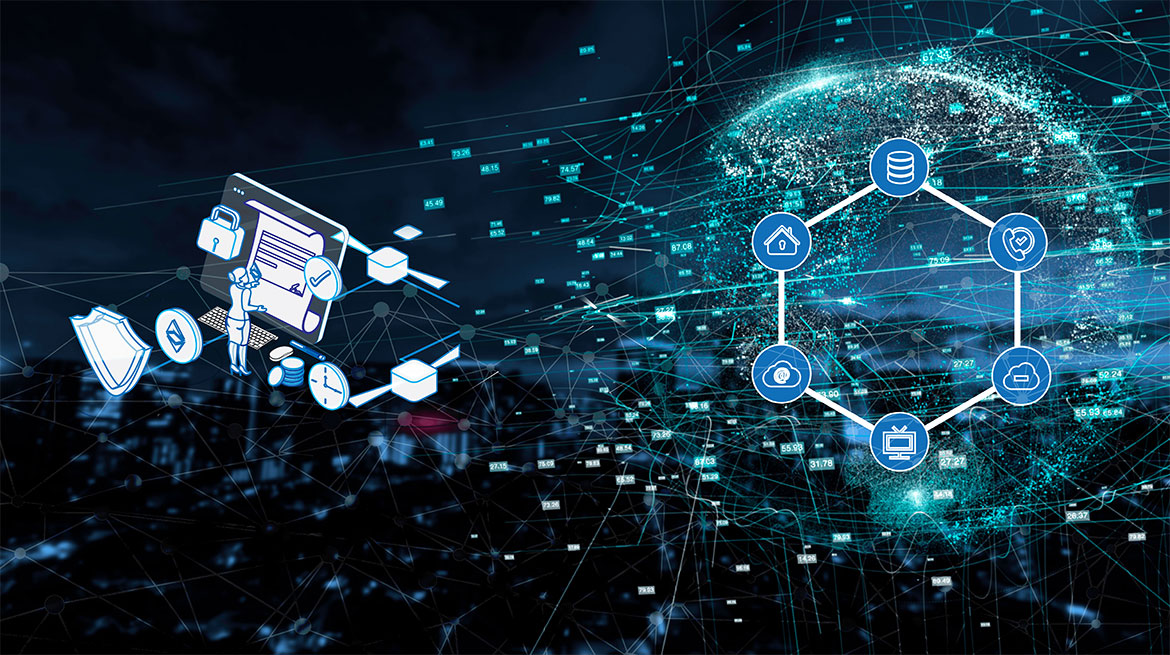
Smart contracts as an automation lever
A smart contract is a computerized and automated transaction protocol. Thus, if the terms of the contract are fulfilled, it is executed immediately. This automation makes it possible to be certain of fulfilling, without forgetting, the current contractual conditions, but also to reduce accidental or malicious human errors as much as possible because there is no longer any need for intermediaries. Finally, a significant reduction in costs results from it by eliminating those related to arbitration, fraud or even various transactions between several intermediaries.
But concretely, what is a smart contract?
It is a contract in the form of computer code, stored in a public database (a blockchain). Thus, it can neither be modified nor corrupted. No intermediary is needed to perform fully automatic transactions when the contract conditions are met. This decentralization of data allows smart contracts to have a reduced margin of error and a low risk of corruption due to its automation.
It is the Ethereum network that has pushed the use of smart contracts further with advanced and complex use cases. The possibilities are numerous: multi-signatory accounts, management of agreements between users, storage of application information, etc. When a contract is coded with its procedures and conditions, it is deployed on the Ethereum decentralized operating system and executed in this ecosystem if and only if the contract is:
- Deterministic: the outcome of the contract must always be the same if the same conditions are met.
- Finalizable: the contract must be able to have a fixed duration. Unfortunately, it is not possible to know if the contract will be finalized one day in certain programs. This is the reason why a unit of measurement was created, the gas, to define the duration of execution of a contract on the blockchain if it is not finalized.
- Isolated: each contract must not depend on another contract.
Does it still seem a little blurry to you? Here are some concrete examples that will help you better understand the value of smart contracts:
- Paying salaries with smart contracts allows companies to automate the process in a secure way while reducing the workload of Human Resources.
- An organ transplant management project uses smart contracts for better traceability: this is the Kidner Project.
- A new fundraising system for companies has emerged: the ICO or Initial Coin Offering. Investors buy tokens (or digital assets) issued by the company in the form of cryptocurrency via a smart contract. These tokens are utility tokens, they give them access to the good or service offered by the company once its fundraising is complete. In summary, the investor prepays the property or service that will be developed. Thus, many start-ups can benefit from funds for the launch of their projects and from an already well-established customer base when their project has seen the light of day.
Smart contracts are therefore much more present in our daily lives than we think. They are also essential in a blockchain to ensure its security and automation.
How Blockchain and cryptos are revolutionizing our daily lives?
You are now more familiar with blockchain and crypto lingo. Now imagine these systems in applications that surround you or will surround you in the future, allowing you peer-to-peer exchanges with a high level of data transmission security. This is how DApps were born.
These applications are deployed on blockchains and shared on peer-to-peer networks around the world. Transparent about their operation, uncensorable and unstoppable, DApps do not depend on a central unit. There is no longer any linking intermediary, making the traceability and security of the information collected better. Four characteristics define them: they are open source, autonomous, decentralized on a public blockchain, and designed around the exchange of a crypto-currency often necessary to use the services offered by the application. Decentralize applications to avoid any risk and malicious attack, is not it the dream of every developer?
The business model of the application is explained in its White paper, which introduces the community to the project. It also aims to convince investors to participate in its fundraising for the launch of the application if the company does not have enough liquidity: this is the Initial Coin Offering or ICO. Tokenization thus makes it possible to launch a project by selling tokens even before the application is developed. Once the project is underway, these same tokens can be purchased to use the services of the application, thus making possible a distribution of value. This is where cryptocurrencies such as Bitcoin or Ether come into play.
There are 3 types of DApps:
- Applications with their own blockchain such as the decentralized social network Steemit.
- Exchange platforms based on smart contracts taking advantage of cryptocurrency blockchains, such as Ethereum.
- High-level development applications based on the protocols of other DApps.
But why create a DApp? Quite simply to make its services accessible without going through a trusted third party. It also eliminates the commission fees of these so-called third parties, while putting the power back in the hands of the users of the application. Smart contracts are essential in the creation of DApps, because they make it possible to automate exchanges and contracts with the users of the application. Concrete cases of smart contracts when using a DApp include: creation of a user account, notifications, help tickets…
Although the banking sector was the first target, other applications have emerged in very diverse fields:
- Online voting DApp: Followmyvote
- Social networks and entertainment: TRON
- Crowdfunding: Weifund
- Cloud: Bancor…
Tokenization, the investment that allows you to profit from your investment
Tokenization and DApps still have a bright future ahead of them, we are only at the beginning! More and more users will turn to the use of tokens and therefore cryptocurrency in their daily lives, simply to be able to use the promising services of these applications. Moreover, the decentralization of these virtual currencies, such as Bitcoin or Ether, places them more protected from instability because they are not governed by institutions influenced by the politics of their country, and without transaction costs since no third party is solicited… Why not embark on this totally transparent and automated peer-to-peer exchange system?
Each investment made in a DApp allows you to use its services: it is the utility investment of tomorrow. If you also wish to be part of an adventure advocating transparency and innovation, Sparkso invites you to join its project to build a decentralized digital world.
